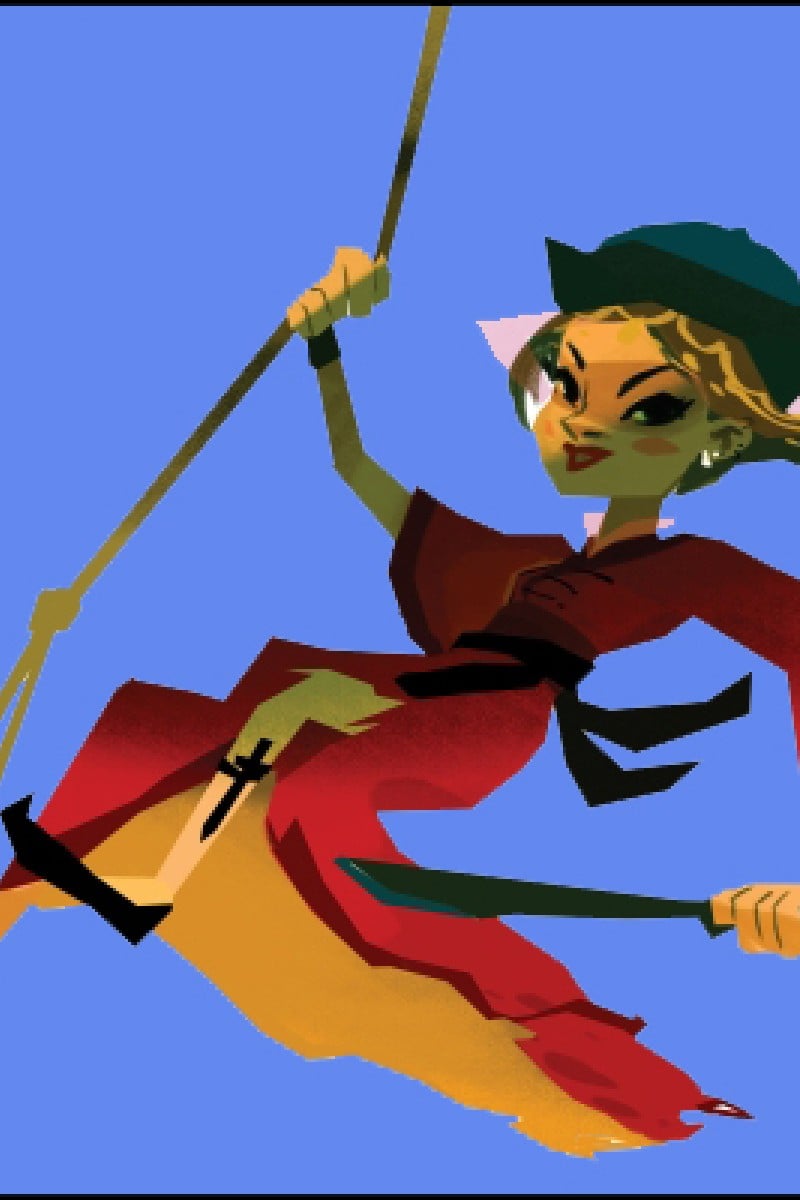
Ching Shih: From pirate queen of the South China Sea to aristocrat and businesswoman
Ching Shih (1775 - 1844) was a pirate who controlled a fleet of 1,800 ships. Not only did she plunder boats, she defeated the British, Chinese and Portuguese navies, before negotiating a long and wealthy retirement for herself

For as long as cargo ships have sailed the seas, pirates have plundered and pillaged them. Most pirates have been wild and lawless men. And when arrested, their careers have ended with the loss of their fortune, their freedom, and their heads.
But in the early 19th century, a remarkable pirate ruled the South China Sea - and that pirate was a woman! She was not only immensely well-organised and fond of rules, but also ended her days with a title, a fortune, and the respect of the Qing establishment.
Ching Shih was born around 1775 in Canton (now Guangdong). At 26, she was captured by a famous pirate leader, Zheng Yi, whom she agreed to marry, but only if she became his equal business partner and shared half his loot. He loved Ching so much that he agreed.
For the next six years, they built up a coalition of local pirate fleets, called the "Red Flag", and in 1804, blockaded the port of Macau, defeating the Portuguese squadron. Three years later, Zheng died in a typhoon and Ching immediately cemented her position as fleet commander. In particular, she secured the support of her husband's adopted son, Chang Pao, and eventually married him.
She then set about unifying the fleet with a tough code of laws. Pirates under her command would be beheaded if they gave their own orders, or disobeyed hers, or stole from supply villages or from group funds. All booty had to be presented for inspection and registration, and then 80 per cent was put into the common fund. Deserters had their ears chopped off.
In particular, there were special rules for female captives. If the captive was ugly, she was immediately released. If she was pretty, a pirate could marry her, but then had to be a faithful husband or face beheading.
If men were captured, they could choose between joining the pirates, or having their feet nailed to the deck and being beaten to death. Not surprisingly, most chose to join!
In addition to plundering boats on the high seas, Ching's fleet levied protection money from all the merchant ships leaving port, as well as taxes on coastal towns from Macau to Canton. By 1810, she is said to have commanded a fleet of 1,800 ships, with 80,000 crewmen, women and children, and to have effectively controlled most of Guangdong province, as well as trade routes and fishing rights in the South China Sea.
In 1809, the Chinese emperor sent an armada to attack Ching's fleet. Ching easily defeated him, capturing 63 ships and "persuading" most of the crew to join her. Despite enlisting the support of the British and Portuguese navies, as well as Dutch merchant ships, after two years the Emperor gave up.
In desperation, he offered Ching's organisation a general amnesty. Ching personally negotiated a generous peace treaty, whereby her fleet won not just an amnesty, but also the right to keep all its loot. The vast majority of the pirates walked free, and many even joined the military. This included Ching's young husband, who became a commander in the Qing navy.
To cap it off, Ching was granted a noble title and joined the aristocracy. She retired from piracy at the age of 35 and opened a gambling house in Guangzhou, which she managed until her death in 1844 at the age of 69.
- The Red Flag coalition actually headed up five other colour-coded fleets, namely Black, White, Blue, Yellow and Green
- When Ching defeated the Chinese navy, the admiral was so afraid of her that he committed suicide rather than be captured
- Ching features in a cameo role in the third Pirates of the Caribbean movie
- A movie about Ching Shih called Red Flags is to be released next year
Sarah Brennan is the author of the best-selling Chinese Calendar Tale sand Dirty Story series. Check out www.sarah-brennan.com
